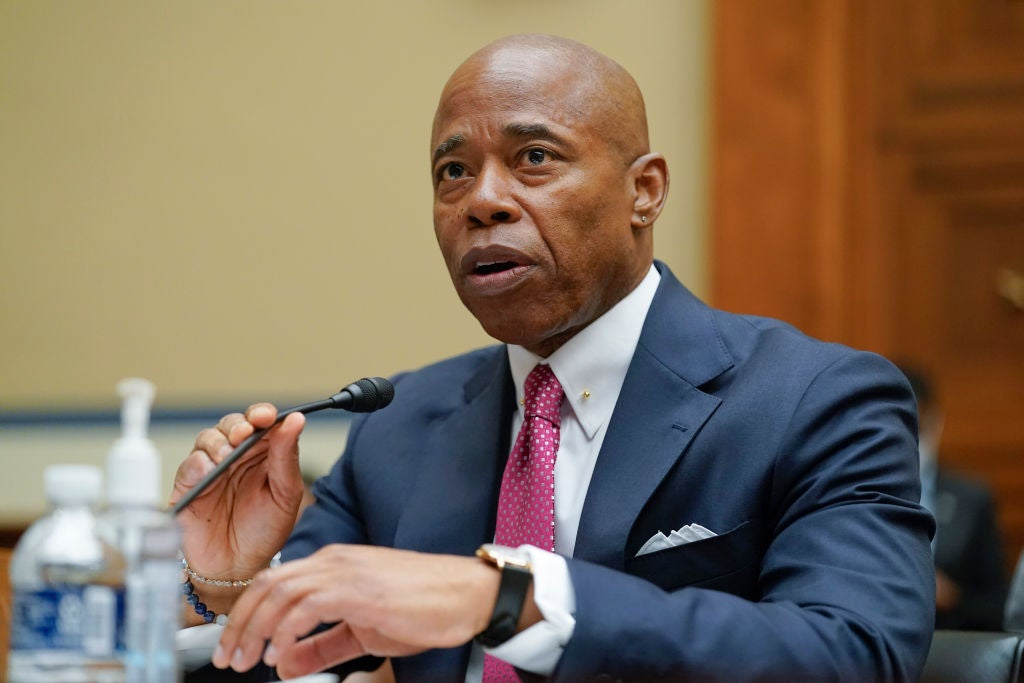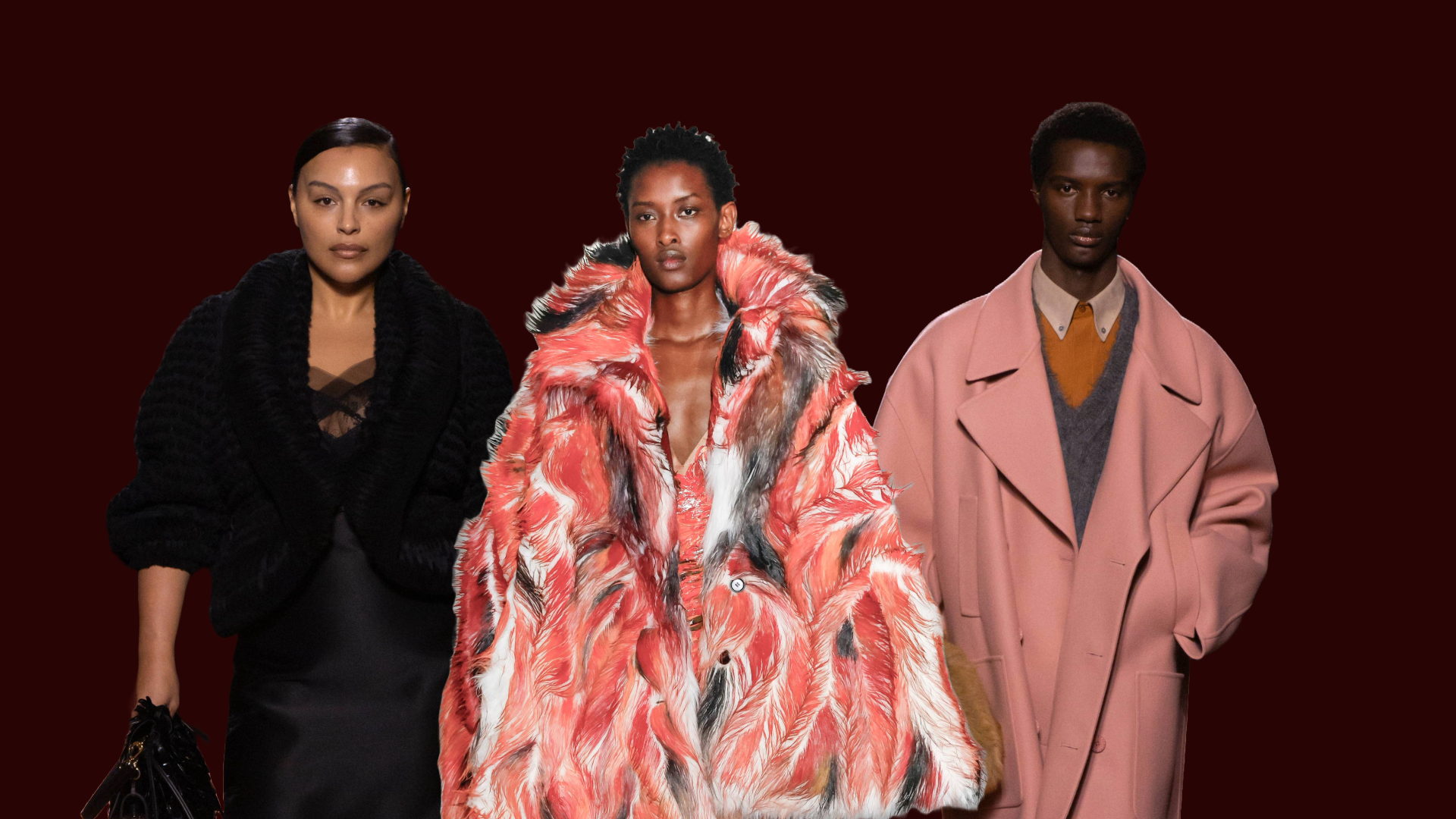
“It’s dull, dull, dull,” said the late André Leon Talley of Milan Fashion Week in a 1998 interview with Videofashion. In his own words, “you can go to a week of shows in a city like Milan and you sit there and you want to, like, jump off the ledge until you get to Gucci.” Italian fashion, like Italian culture, is fairly conservative compared with the rest of the fashion capitals, save for brands like Moschino, Versace, and Roberto Cavalli, where more is more.
New York is invigorating and democratic. London is usually evocative, bursting with creative genius. Paris takes fashion to the highest heights. And the city whose fashion it’s often compared to, Milan, big on craft—and flash—is known for designers who make clothes that have bored fashion fanatics’ eyes but are nonetheless sublime. It’s also full of family-run businesses like Prada and Fendi. I mean, think about it, we all love pasta because it’s reliably tasty, pizza is the default when no one in the room can decide what to eat, and rare is it that either of those disappoint the palate. That’s how I tend to see Milan Fashion Week. You know what you’ll get and it’ll be good.
Perspectives have opened up a bit now, with designers like Maximillian Davis and Matthieu Blazy zhuzhing up Italian mainstays like Ferragamo and Bottega Veneta, respectively. A few other designers, too, have amped up the week’s energy with more vivacious clothes. But let’s bring it back to Talley. What’s “dull” about fashion right now? It’s how people are dressing, with “quiet luxury” still to blame. It seems the Milan shows this season are helping usher in an era that’s said to re-energize the wardrobe: simple with a fun twist.
Jil Sander’s Clothes Flourish
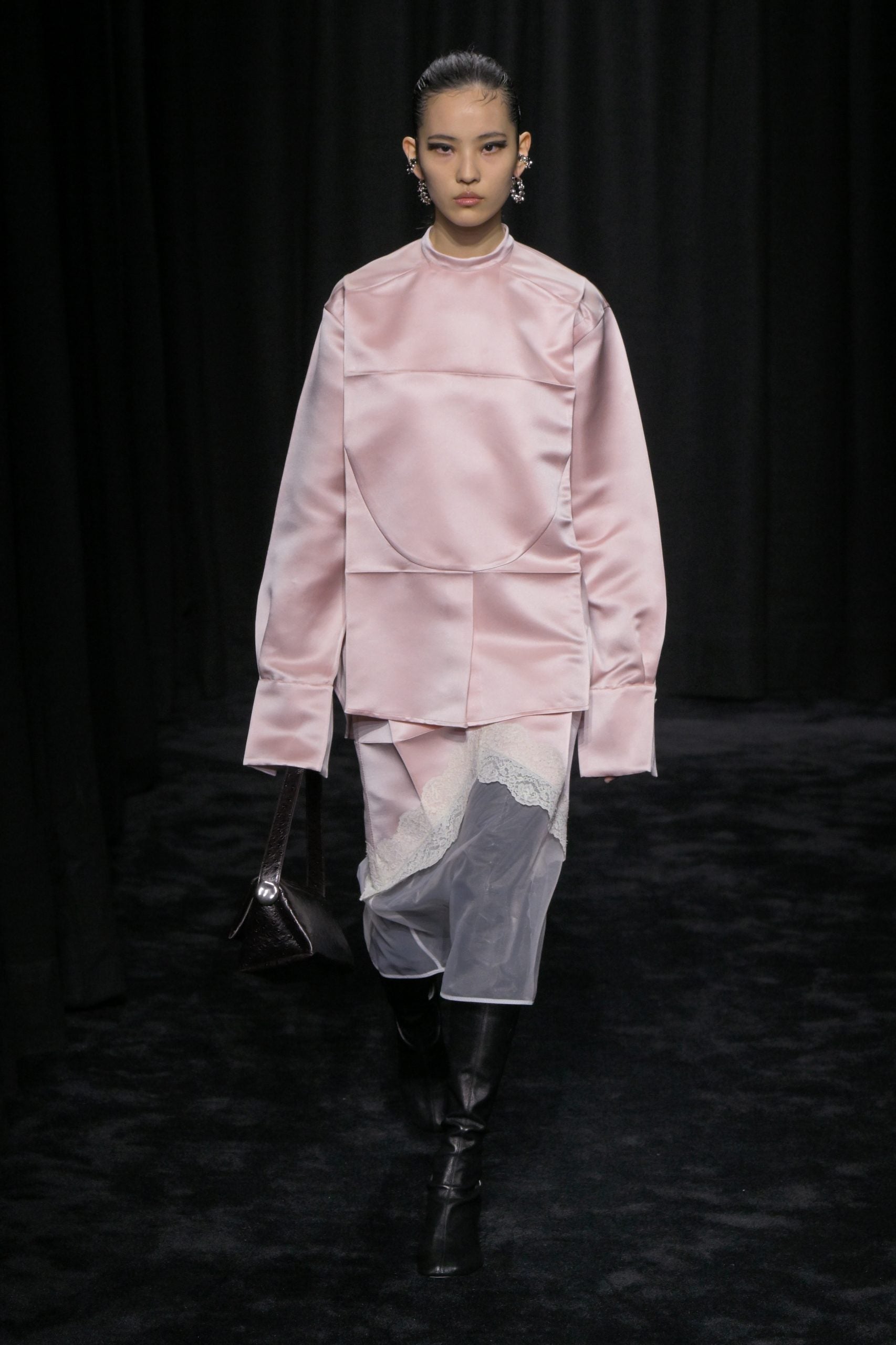
Except for one blue and one red leather look, and a buff pink column dress, the colors in Jil Sander’s collection are pretty neutral. It’s the details that give them appeal: double belts that aren’t begging to be noticed, fur atop shirt and coat collars and on dress sleeves, a sporadically feathered dress and sweater. The collection kicked off with a fair share of its garments shimmering in fringe, giving it a real party vibe. A lace overlay worn over white organza and tall black boots evoked a different approach to office dressing, where overt, girlish femininity can coexist with sleek refinement. Many women can take these looks and run with them, as can the men, with their close-clutched bags, nonchalant skirts and rockstar-studded shoes. This show was the final presentation of the husband-and-wife duo who are reportedly ending their time at the brand: Luke and Lucia Meier (they began leading the house in 2017).
Marni’s Animated Runway
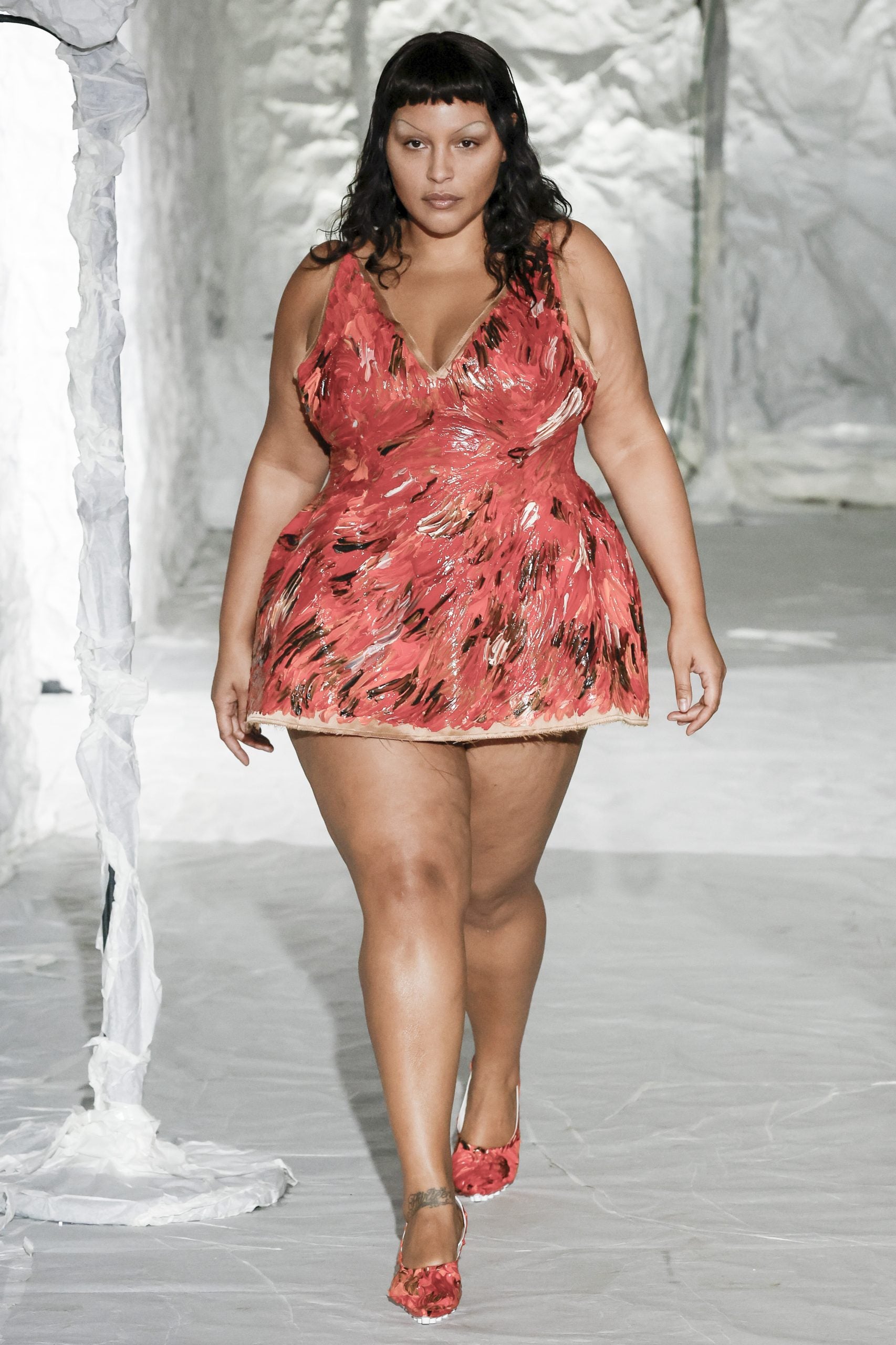
When the rumors were circulating about who would take over Chanel after Virginie Viard’s exit from the brand, I was hoping the one of Jeremy Scott was true. Because fashion is in desperate need of humor. Everything feels so uptight these days and few people seem to be amusing themselves. Except for, say, Jonathan Anderson, and Francesco Risso at Marni. The brand’s ready-to-wear this season felt like a conjoining of ideas in its other shows over the past few seasons, creating a kind of wearable kook.
There was a cameo from the oh-so stylish Tracee Ellis Ross—I can’t think of a better casting decision. The neck of a frizzy bumble bee sweater captivated me. Paired with it were brown suede pants and shiny, multicolored oxfords that brought tap shoes to mind. A bubble gum pink overcoat had mustard-hide on its buttons, collar and breast pocket. Another overcoat, a blue one, had a grey fur trim. Fabrics and color aside, what brought these clothes to life were the expanded proportions, which is always funny. That’s the stuff of Marni that makes you want to rewatch The Cat in the Hat.
Fendi Celebrates A Century In Style

Fendi celebrated its centenary with a show that shed light on why it’s so heralded. The tailoring was fluid, the prints spunky, and the coats beautiful. And we have Silvia Venturini Fendi to thank. Many stories were told here. There is, of course, the house’s history of producing artisan furs, which took shape in collared and collarless coats, long vests and a stole. Deep hues in eye-catching fabrications emphasized the richness—aesthetically and economically—we associate with Fendi.
Oversized coats and shapely ladylike dresses, cut generously, were butter smooth, a quality people have more recently come to love about the brand. Crafty cardigans, skirts, dresses, and a sweater were decorated with broaches and myriad shapes. Dolls were held and hanging from bags. This made for a collection that spoke to the consumer and culture and not merely, or only, to itself. It was much to the brand’s benefit that it didn’t rely too much on its archives. It wasn’t on-the-nose with its references. Instead, it stayed fresh, side by side with the other collections, but expectedly a step above them
Burberry’s Take On Itself
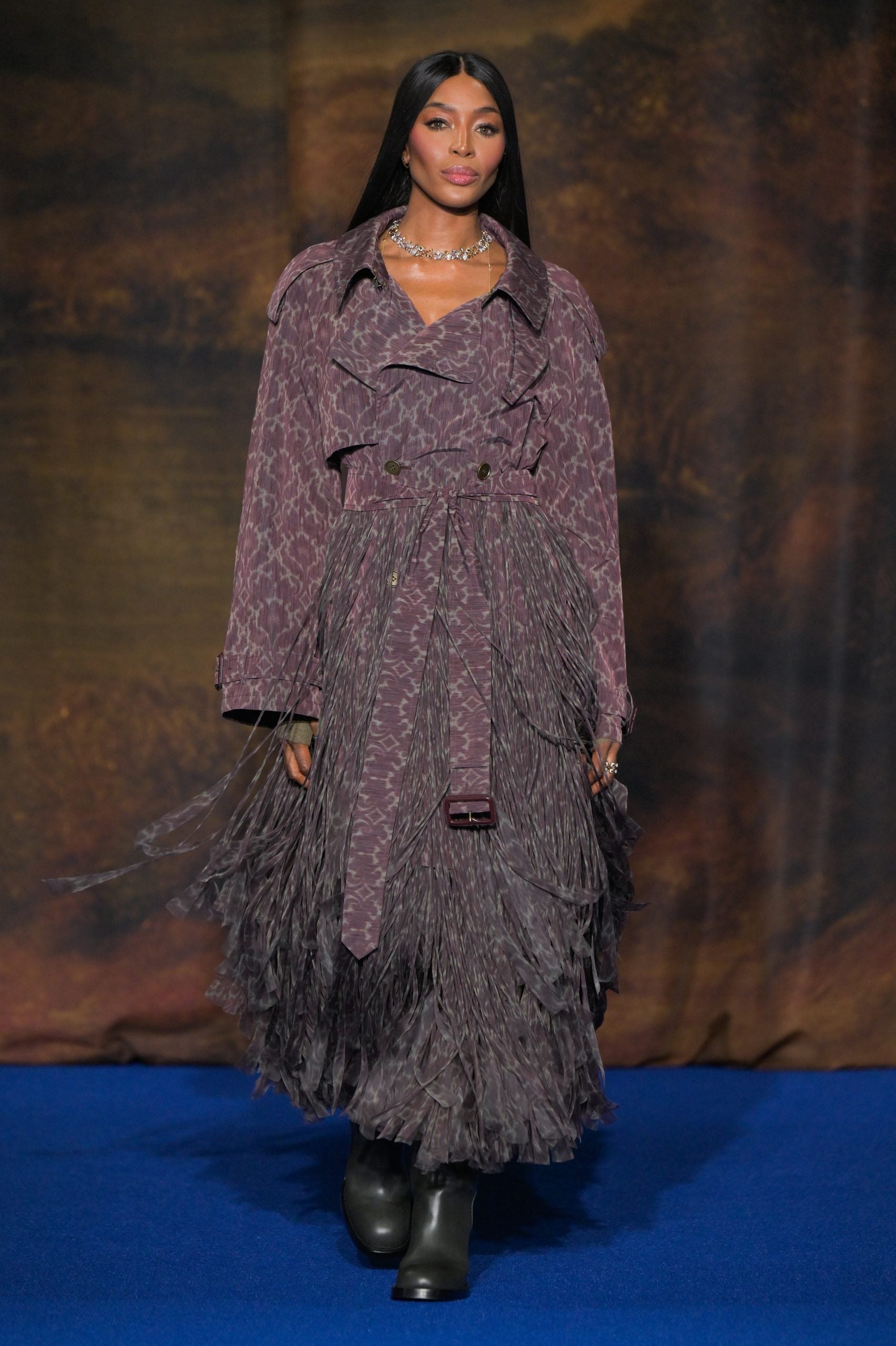
Daniel Lee’s work at the iconic British label has people questioning the brand’s evolution and what it means to stay true to its history. The industry and its spectators are of two minds on this: some think a house thrives when it draws from its heritage, only slightly tweaking it to keep relevant; others have a more progressive point-of-view, observing, rather accurately, that fashion is most itself when brands stray from the familiar. Christopher Bailey and Riccardo Tisci’s Burberry struck many as unfamiliar. The new, at times dizzying ideas of those designers seemingly “didn’t work,” and in this grew a desire for people to feel like they knew the brand again.
Enter: Lee, who joined the label from Bottega Veneta, and whose clothes are easier on the eye, like current Bottega. His Fall 2025 collection had the much lusted-over same-color looks, a big-fringed sweater dress, a delicately brocaded leather trench coat in navy blue, and some other “Oooos” but mostly “Aaaahs.” In many ways, the clothes here sell themselves, matching with other pieces in the collection and translating well to real life, a life that’s interesting and dressed as such.



